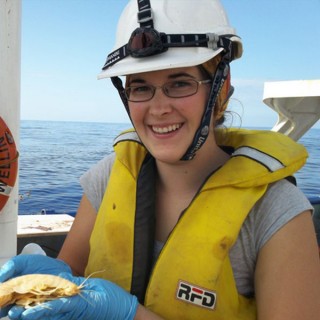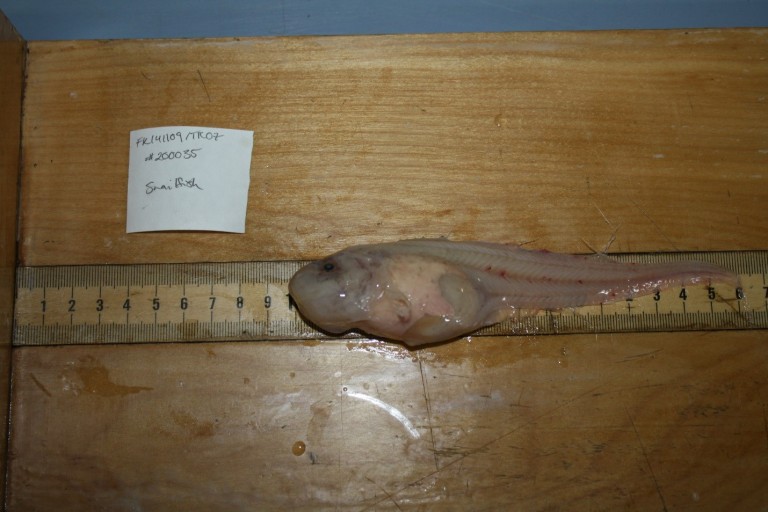
The world is full of natural wonders that delight our eyes and inspire our hearts: the mountains of New Zealand, the redwoods of California, and the hadal snailfish. Hear me out on this one.
The hadal snailfish may not look imposing or impressive at first glance. Small and translucent, they glide in the ocean’s unseen depths. These little pink fish dominate their part of the hadal zone, unperturbed by the crushing weight of 7,000 meters of water.
Overcoming depth

Liparids, or snailfishes, have been found in trenches since the early days of hadal research with the Galathea and Vitjaz expeditions. However, recent pictures and videos show that they are more abundant and more important than we ever knew. At shallower depths, there are a number of large brown fishes that come to the camera, macrourids or cusk eels. But, from around seven to eight km depth, the snailfish is king. This fish is one of nature’s great wonders not because of what it looks like, but because of what it has adapted to. It is positively thriving in a place named for the proverbial hell, where high pressures and low temperatures are the name of the game. Against the odds, they have found their niche.
New findings
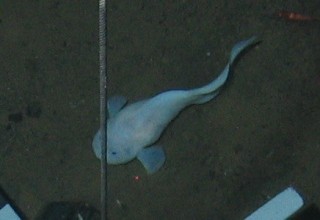
In the last few weeks we have shown for the first time that there are snailfish in the Mariana Trench. Their presence here further proves the important role of snailfishes in the hadal ecosystem. Trench after trench, from Southern to Northern Hemisphere, they are there. Clearly the hadal snailfish is doing something right to be so successful in so many different trenches. Can they find more food in the trench? Are they taking advantage of an abundant amphipod buffet? Are they hiding from predator threats in a deep place? Does something in their life history lend them to evolve ultra-deep?
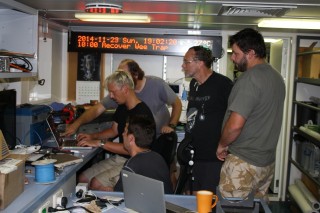
The hadal snailfish does have a certain quirky charm. It feasts on amphipods, small crustaceans that are attracted to falling food. Sometimes, they will roll over to knock an amphipod off their head. Some even sort of faint, taking a short nap in the mud before resuming normal activity. We have had the opportunity to collect a few individuals, allowing us to better understand these amazing organisms. We can learn so much about fishes and other organisms by looking at extreme adaptations. If I may indulge a metaphor: we can think of marine biology as a puzzle, starting with the outside pieces being a good strategy to get an idea of the bigger picture. By studying the extreme adaptations to pressure and food availability in the hadal environment, we can understand the capabilities and limits of life on our planet.
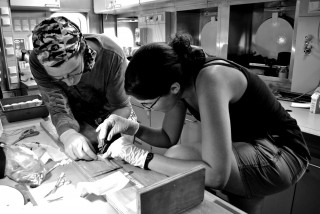
In truth, snailfish seems altogether too mundane a name for these creatures. The name comes from shallow water relatives that do curl up on rocks and look a little snail-like, but we may need a more impressive name. Transparo the Mystery Fish? Something like that, anyway. We are open to suggestions.The hadal snailfish reminds me of the remaining unseen curiosities and wonder on our planet. Amidst our busy schedules and hyper-connected world, there is still so much we don’t know, so much to explore. (Keep pursuing science, Max! There’s still lots of exciting work to be done.)
